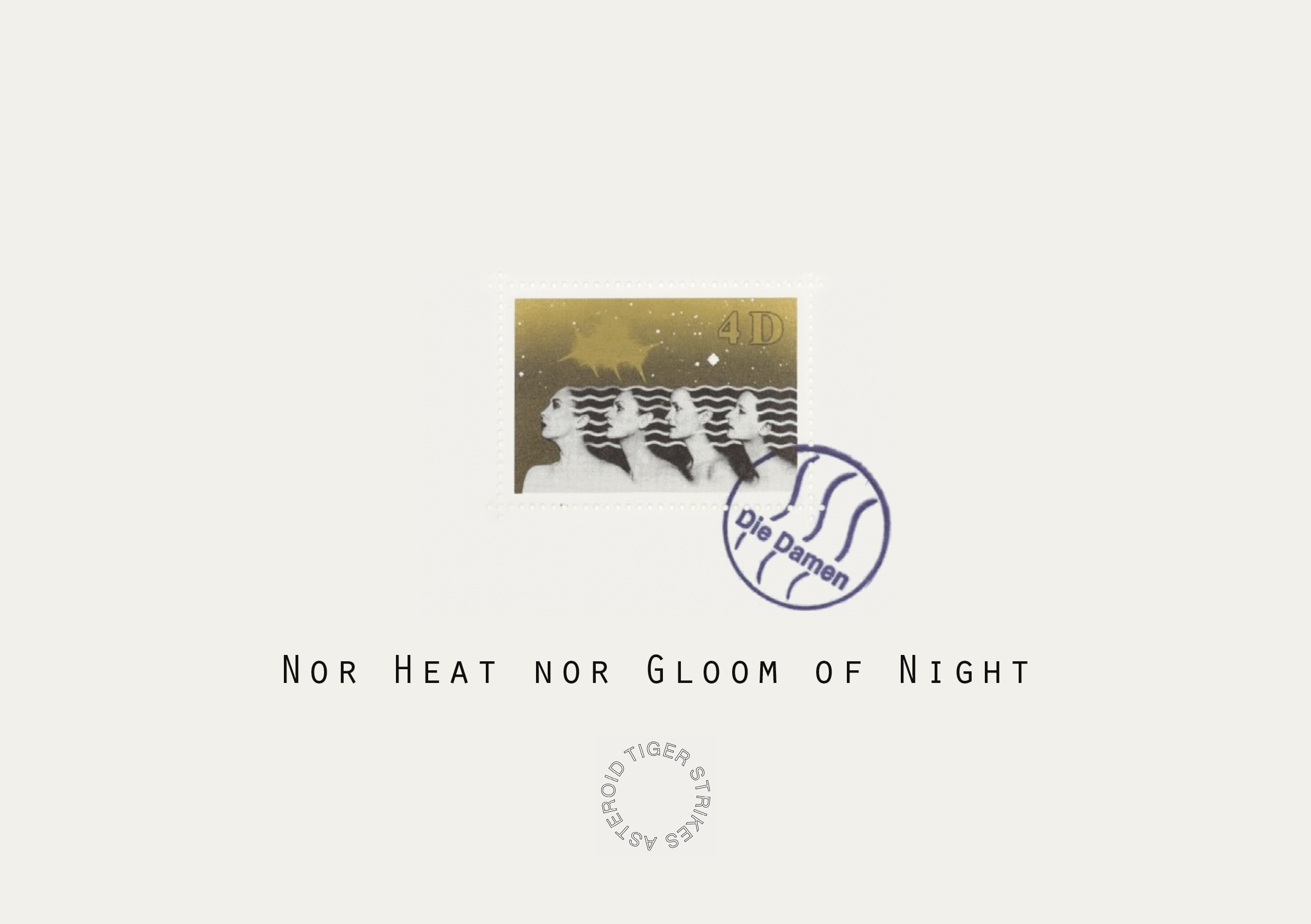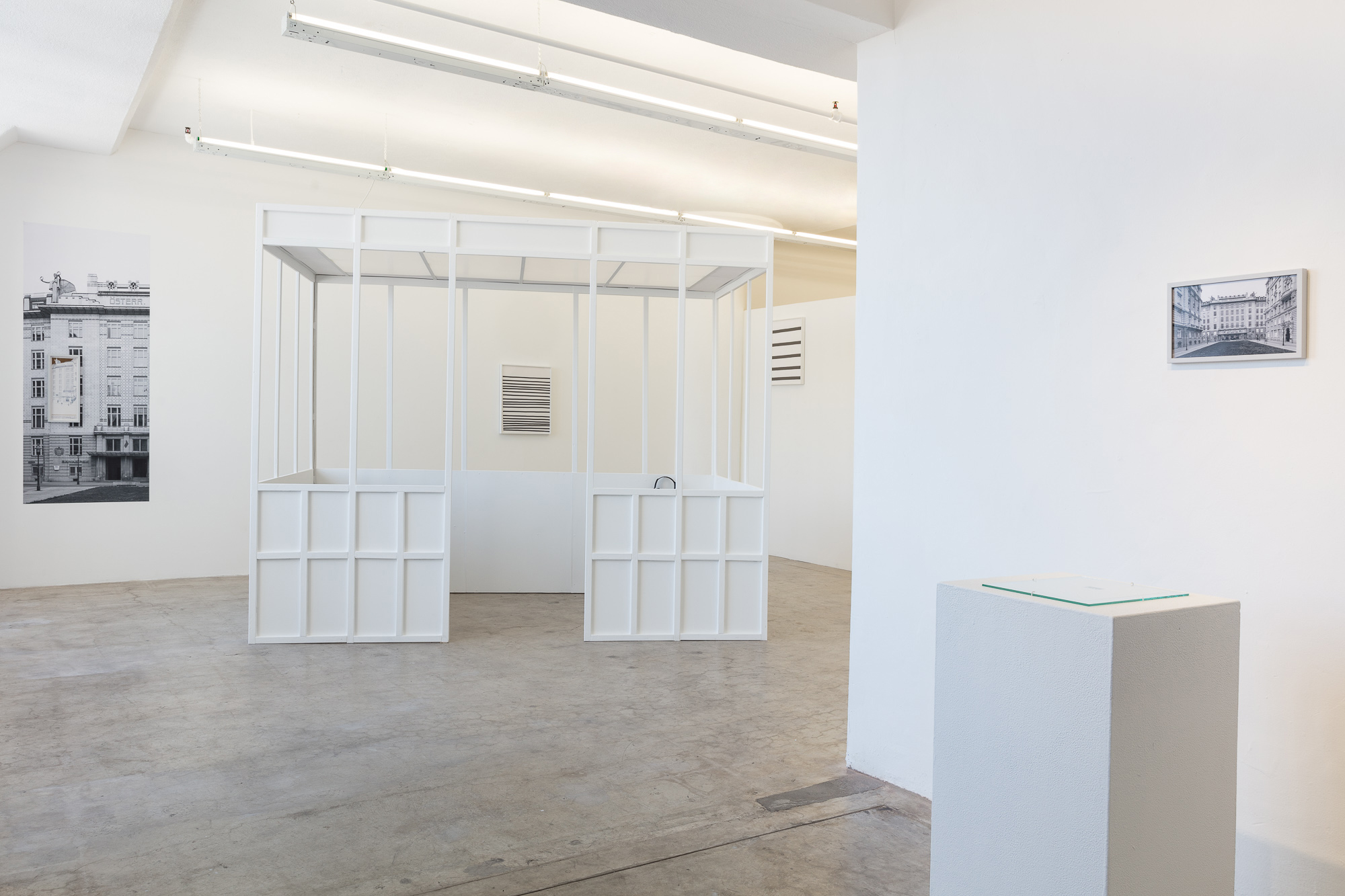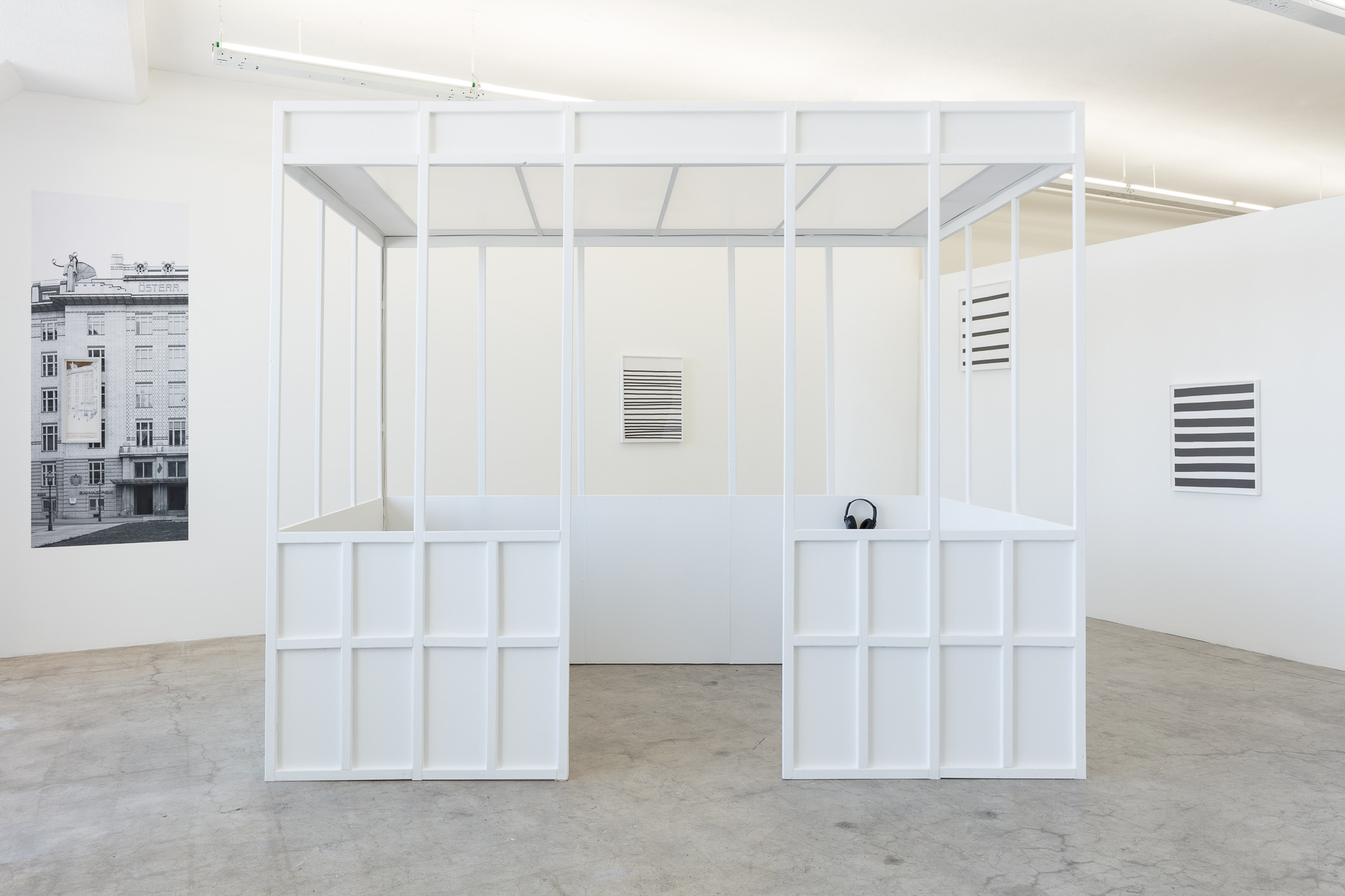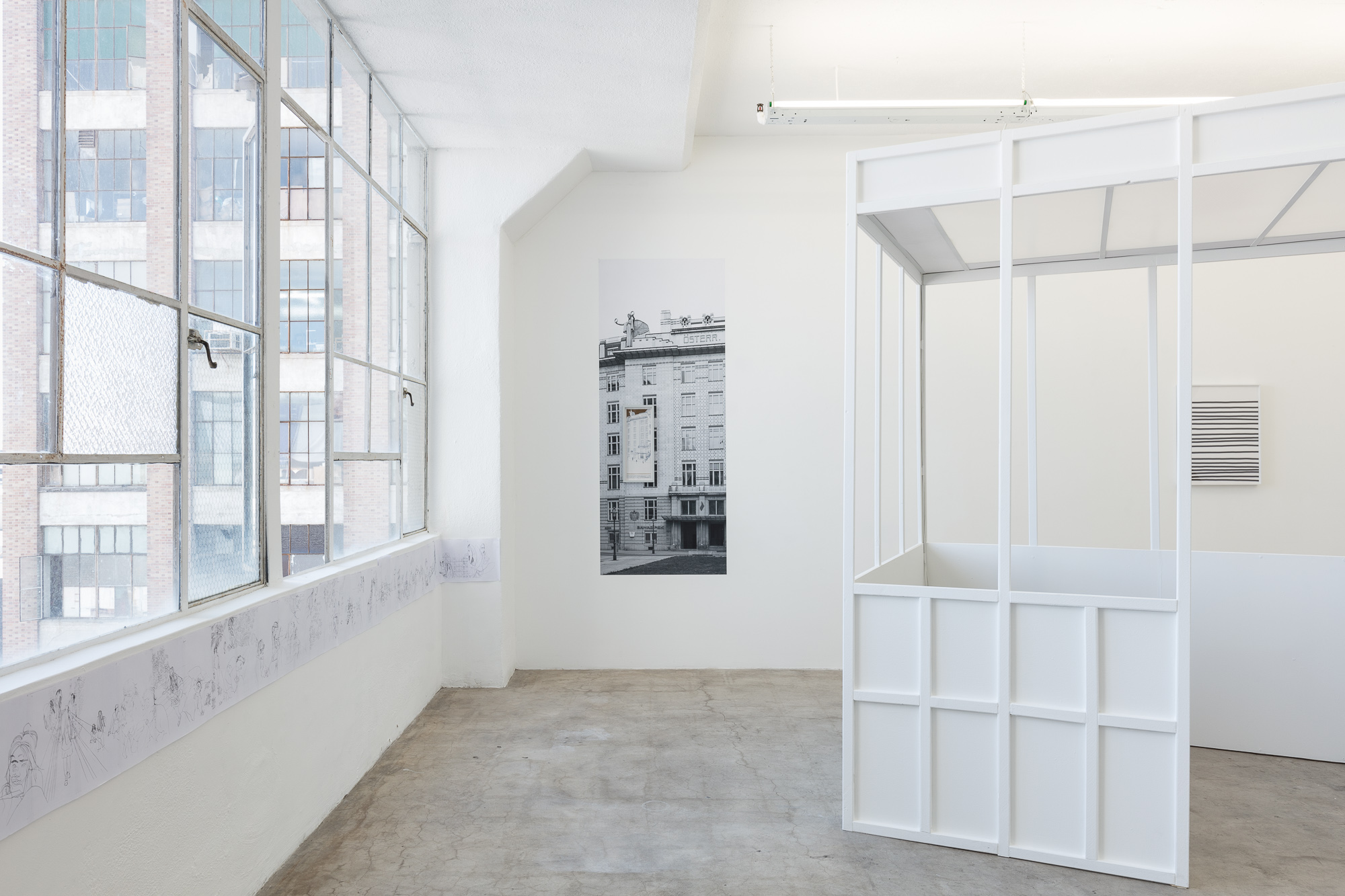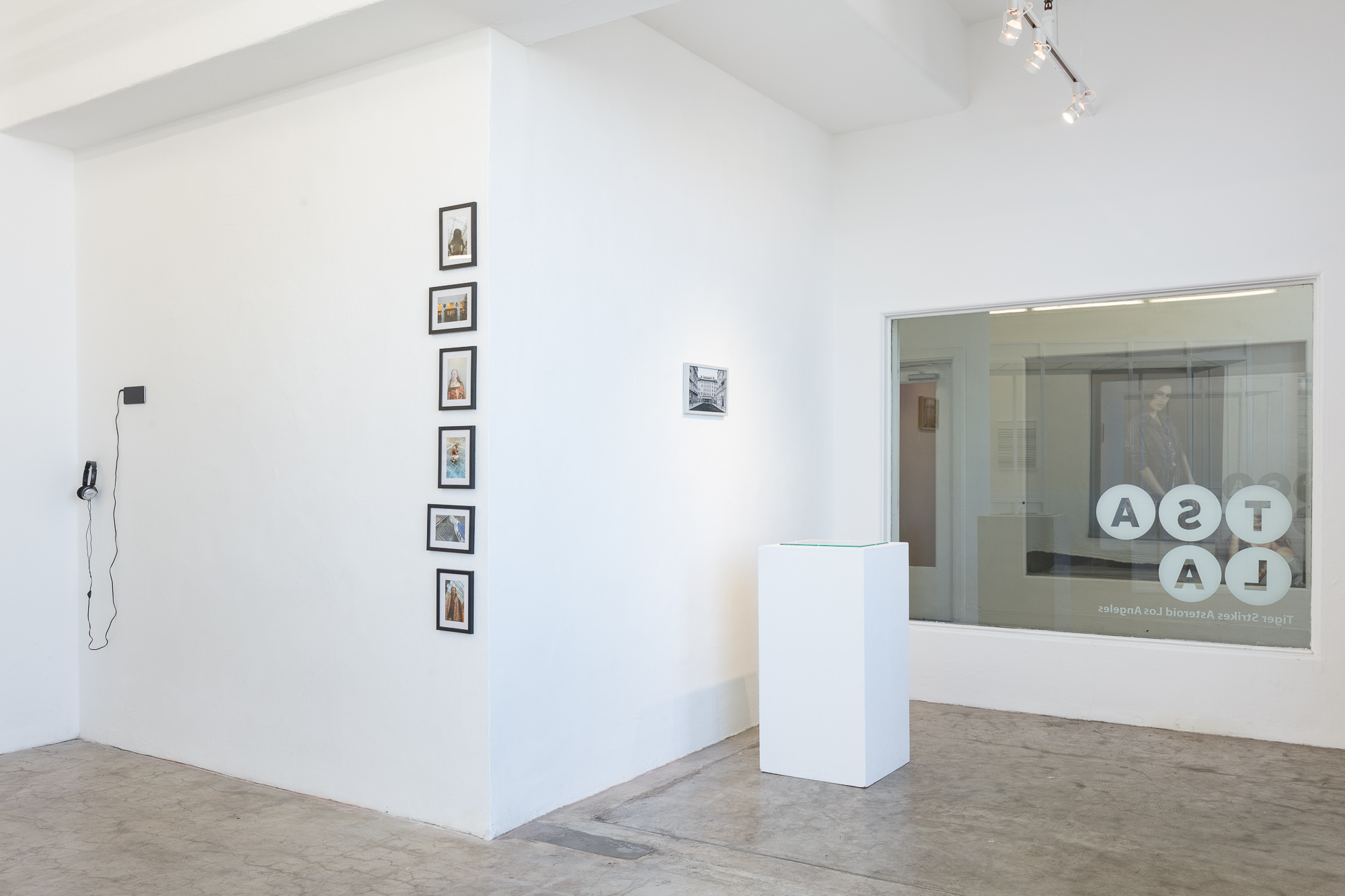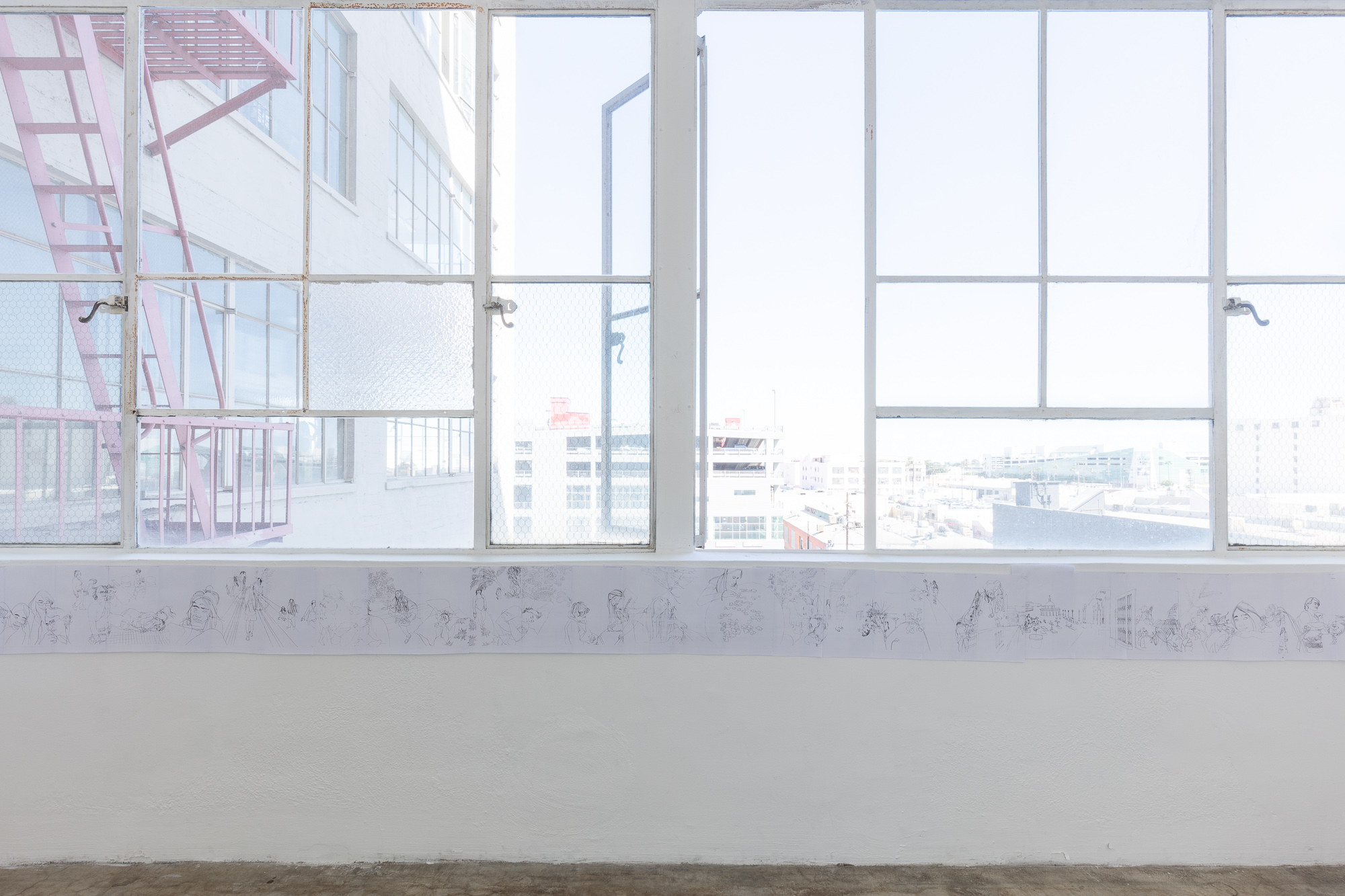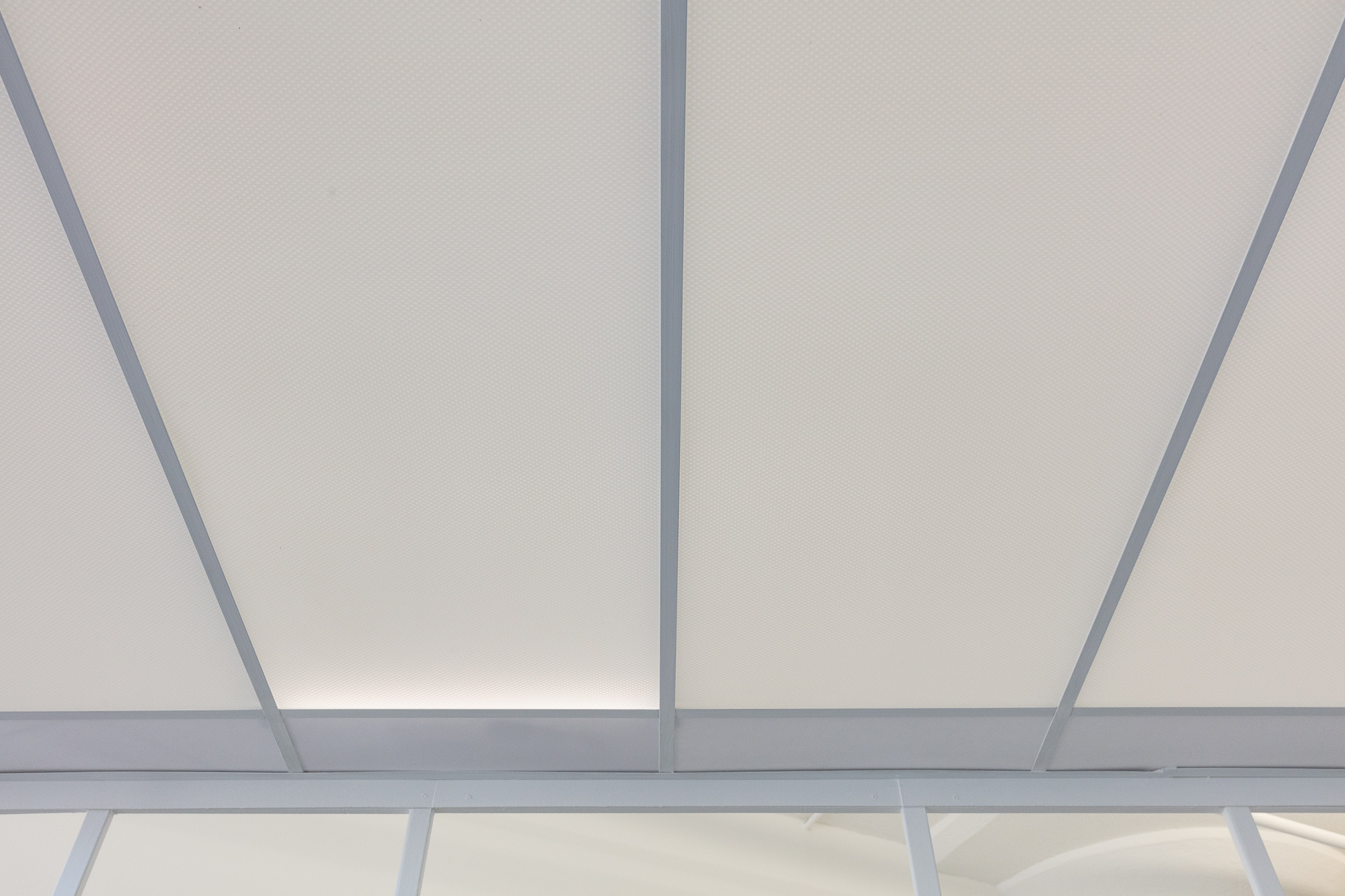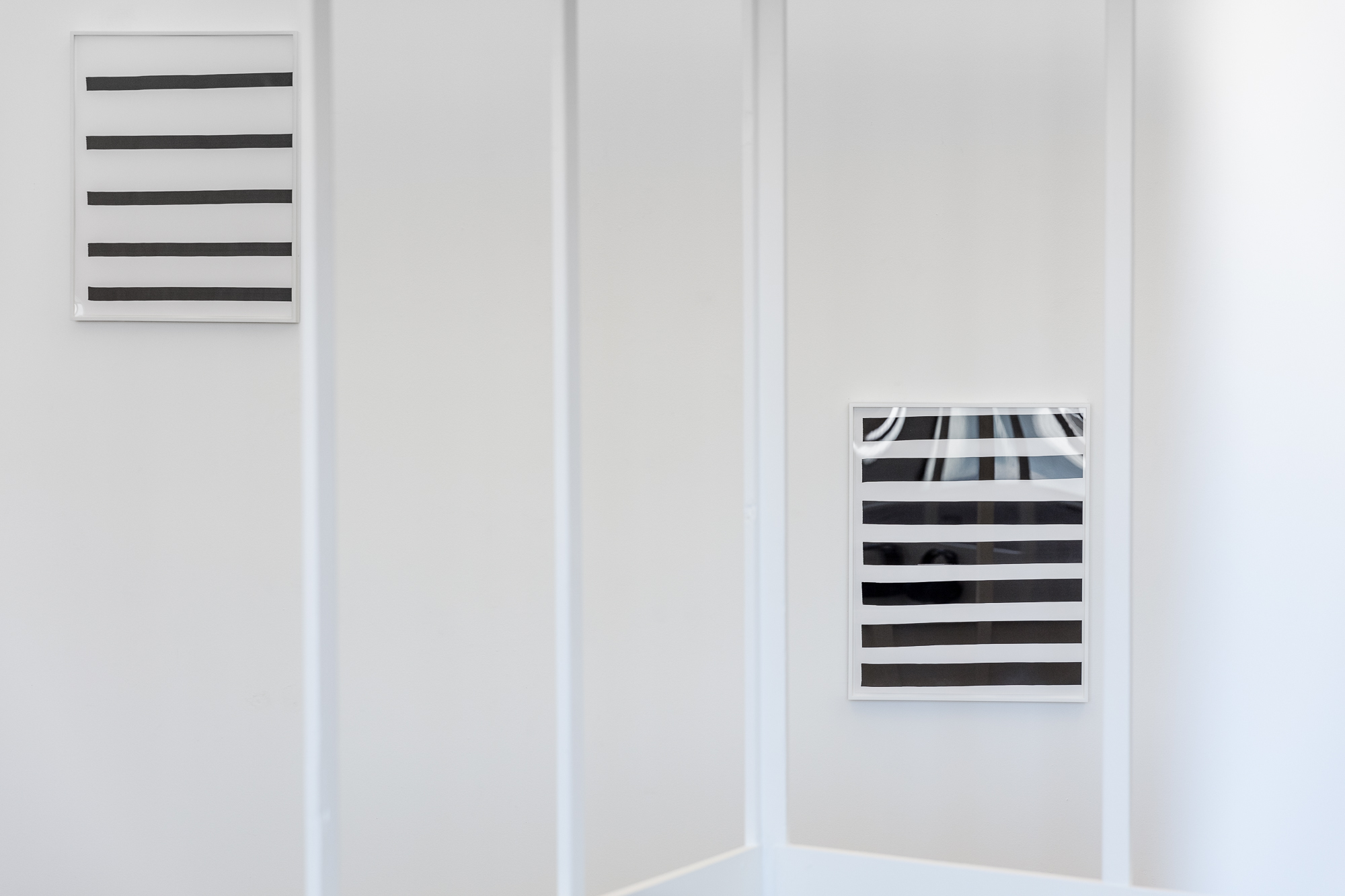Nor Heat Nor Gloom Of Night - Tiger Strikes Asteroid, Los Angeles
Nor Heat Nor Gloom Of Night - Tiger Strikes Asteroid, Los Angeles
Opening: Nor Heat Nor Gloom of Night
Curators Johanna Braun & Lisa Stuckey
with: Arno Böhler + Susanne Valerie Granzer, DIE DAMEN, Danica Phelps, Elke Silvia Krystufek, Joseph Dumbacher John Dumbacher, Kelly Ann Gardener, Manuel Carreon Lopez / Kunst-Dokumentation.com, Michael Niemetz, and Sara Drake + Nina Sarnelle.
Invitation:
Exhibition Views:
Arno Böhler & Susanne Valerie Granzer
take Jacques Derrida’s La Carte Postale (1980) as starting point of their philosophical and artistic investigation for a humorous mobile phone video piece that illustrates their ongoing research on performing philosophy and on collaboration processes between arts and sciences. (homepage.univie.ac.at/arno.boehler/php, http://personal.mdw.ac.at/granzer/wp/)
DIE DAMEN,
a re-discovered collective, turned the Viennese Secession, ideal of the modernist white cube, into a post office during a happening called Postmodern(1989). They reflected the creation of artistic value by producing stamps—4D—in limited editions, playing with bureaucratic procedures and governmental rhetorics. The climate of political and societal change, apparent in this iconic piece from the late 1980s, will be re-examined and re-evaluated through the artistic concept of the “haunted post”.
Danica Phelps
adapts her ongoing DIY fundraising project Hoping to Help (2016–), which addresses questions of social justice and uses the post-office as political agency to distribute drawings. One can purchase a piece of the copied drawing for 33$ per inch, which will be donated to The Coastal Marine Resource Center, an organization that installs solar panels in Puerto Rico. (danicaphelps.com)
Elke Silvia Krystufek
disguised herself as Otto Wagner and “haunts” the Austrian Postal Savings Bank in her photo-turned-postcard-series Wagner Standing Two Times Yellow (2017). (elkesilviakrystufekarchive.com)
Joseph Dumbacher John Dumbacher
took inspiration from the minimalist architectural decor of the Postal Savings Bank and created a series of drawings, in which one of the artists is “pulling” the paper, while the other is directing the brush. The drawings remind of (censored) letters, while referencing the materiality and monumentality of architecture and structure as linear sections. They narrate the mysterious non-verbal communication between the two artists in their work process.
Kelly Ann Gardener’s
video This is where we live now (2017) is based on an in-depth field-research into the complicated state of affairs of the so called Kansas-case: due to a mapping glitch of MaxMind 600 million IP-addresses (numerical labels signed to devices, which have come to coexist with housing-addresses and are often administered by companies) were associated with a house west the town of Potwin in the geographical core of the US. For almost a decade, its inhabitants have been suspected of various crimes, resulting in uninvited visits—disturbing like wrongly addressed letters—of both private and public people.
Manuel Carreon Lopez
visually explores the architecture of the Viennese Postal Savings Bank in its changing representation (both technically and institutionally) through the photographic medium: this is to artistically translate continuities and disruptions of archival practices. (kunst-dokumentation.com)
Michael Niemetz
installs a luminous ceiling above the cubical reminiscent of the one in Secession. One of the lighting elements transmits a secret Morse code. The title The Enemy is Near (2018) recalls the first test message, where Samuel F. B. Morse asked former US-president Martin van Buren at the first presentation of Morse’s communication-device to whisper a message into his ear which was then sent to congress. (michaelniemetz.net)
Sara Drake & Nina Sarnelle’s
video Let us know if yr free (2017) relates to the concept of digital post, putting the ‘post’ past tense into contemporary digital communications. The video tutorial explains how to encrypt email into whale song, exploiting the humpback whales to safely transmit messages across the sea. The project brings up issues of privacy in electronic communication, while also translating the effortless and instantaneous digital post into this labor-intensive, convoluted process, that, if applied, might disturb an ecosystem already in sonic distress. (ninasarnelle.com)

